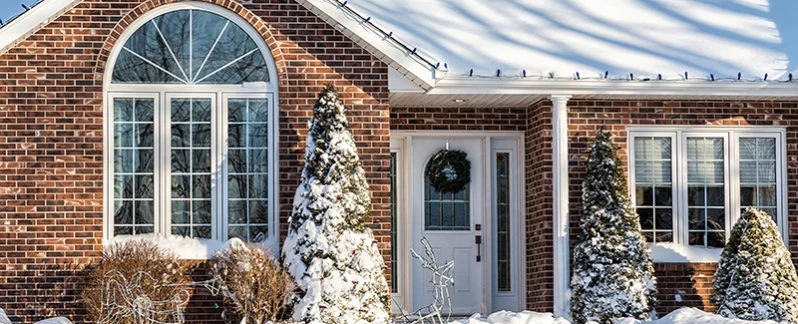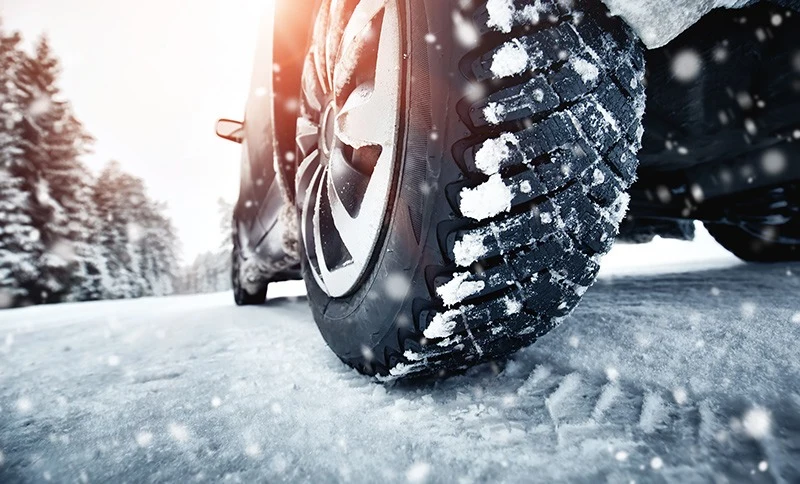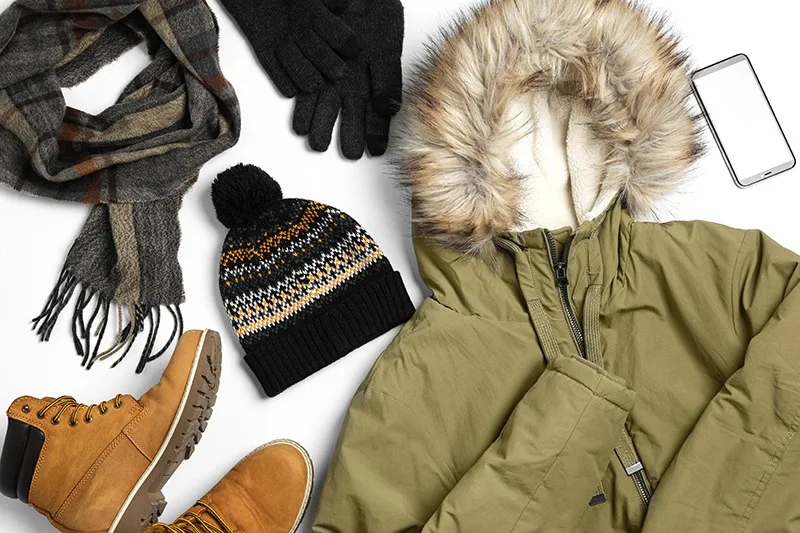
Simplify Your Winter Move with These Tried and True Tips
January 11, 2021 | Family Life
Several reasons make a winter move seem not so bad. Hiring professionals in their off-season can save you money, as can buying a house during winter.
Wintry weather makes it easier to stay indoors and spend time preparing to move too.
Sunny days won’t tempt you away from taking the extra time needed to declutter your home before you pack your moving boxes.
But of course, there are special considerations when moving during inclement weather conditions.
Read on for helpful tips to help ensure a successful winter move.
Prepare Your Car for a Winter Move

One of the most important pieces of advice for a winter move is to prepare your vehicle. The last thing you’ll need on moving day is to breakdown on the side of the road with a car full of moving boxes.
However, if you’re moving across town, then you already know what to expect when it comes to your winter move weather conditions.
But if you’re moving to another part of the country, take some time for car maintenance and preparation.
Get your oil checked, tire pressure and battery tested, and be sure to put antifreeze windshield wiper fluid to improve driving safety.
Keep a close eye on the weather conditions on moving day, and be sure to allow for extra travel time to accommodate for road conditions.
If you are moving to another part of the country that experiences snowstorms, be sure to have chains, excess water, and snacks in your car as well.
Watch the Weather
Besides the unpredictable weather, complications of a winter move include the fact that it gets darker earlier. Knowing if a snowstorm or hurricane is heading your way can help prevent challenges that might otherwise further complicate moving into your new home if caught off guard.
Professional movers also highly recommend getting an early start to the day for a winter move.
Set your alarm early, and be sure to eat a healthy meal on moving day too. You’ll be working hard to get moved in before nightfall.
Here are some weather-related precautions to take to ensure you and your moving team protect your backs and prevent slips and falls and, namely, prevent back injuries. Doing these things will also help protect your belongings:
- Shovel a path from your door to the moving van. You may need to do this several times if it is snowing heavily that day.
- Salt the walkways, driveways, and sidewalks to remove any ice to ensure a safe, non-slippery pathway.
- Have tarps on hand to cover boxes to prevent snow accumulation.
- Lie down spare plastic or sheets on the entranceways and hallways of your old and new home to limit the amount of post-move clean-up.
Professional movers also advise covering your floors with strips of cardboard taped down with painter’s tape to prevent tile or hardwood floor damage.
Moving is messy, even in dry weather. Be sure to plan for rainy weather by packing some extra towels to sop up water on hardwood and tile floors.
Also, have extra moving blankets ready to throw over furniture and electronics to protect these expensive items from the elements.
Dress in Layers

Dressing in layers is a tried-and-true strategy that allows your body to regulate its temperature more easily as weather conditions or your activity level changes.
During a winter move, you’ll spend the majority of your time going in and out of the house while carrying heavy boxes for hours. Of course, you’ll also spend time doing less strenuous things like unpacking boxes.
According to the outdoor experts at REI, properly layering your clothing for outdoor activities comes down to knowing the function of each layer:
- Base layer (underwear layer): wicks sweat off your skin
- The middle layer (insulating layer): retains body heat to protect you from the cold
- The outer layer (shell layer): shields you from wind and rain
It is crucial to dress in layers for a winter move. You will want the ability to shed layers so that you do not overheat or get too cold.
Besides dressing in layers, make sure that you have a winter jacket, gloves, and a hat easily accessible. You want to be comfortable and warm for prolonged periods of being outside.
Grab a Portable Heater
Whether you’ve hired professional movers or decided on a DIY move, your new home will feel drafty due to the front door being open throughout the move-in phase. It would be an uphill battle (and expensive!) to waste energy by leaving the thermostat turned up on moving day.
Plug-in a portable heater in the bathroom, so you have a warm room to retreat to and warm up. As soon as most everything is in your master bedroom, turn on a heater in this room to get a comfortable head start on preparing to stay in your new home on the first night.
Rent a Climate-Controlled Unit for Your Winter Move
With the right planning and a little foresight, winter can be a great season to move. If you need to find a storage unit for your temperature-sensitive items, a climate-controlled unit can help prevent warping, cracking, bowing, and mold. At Metro Self Storage, we offer several facilities across the United States with climate-controlled units and other convenient features to make moving easy. Find the right unit size for you based on what you plan to store and find a unit at a Metro Self Storage facility near you!



